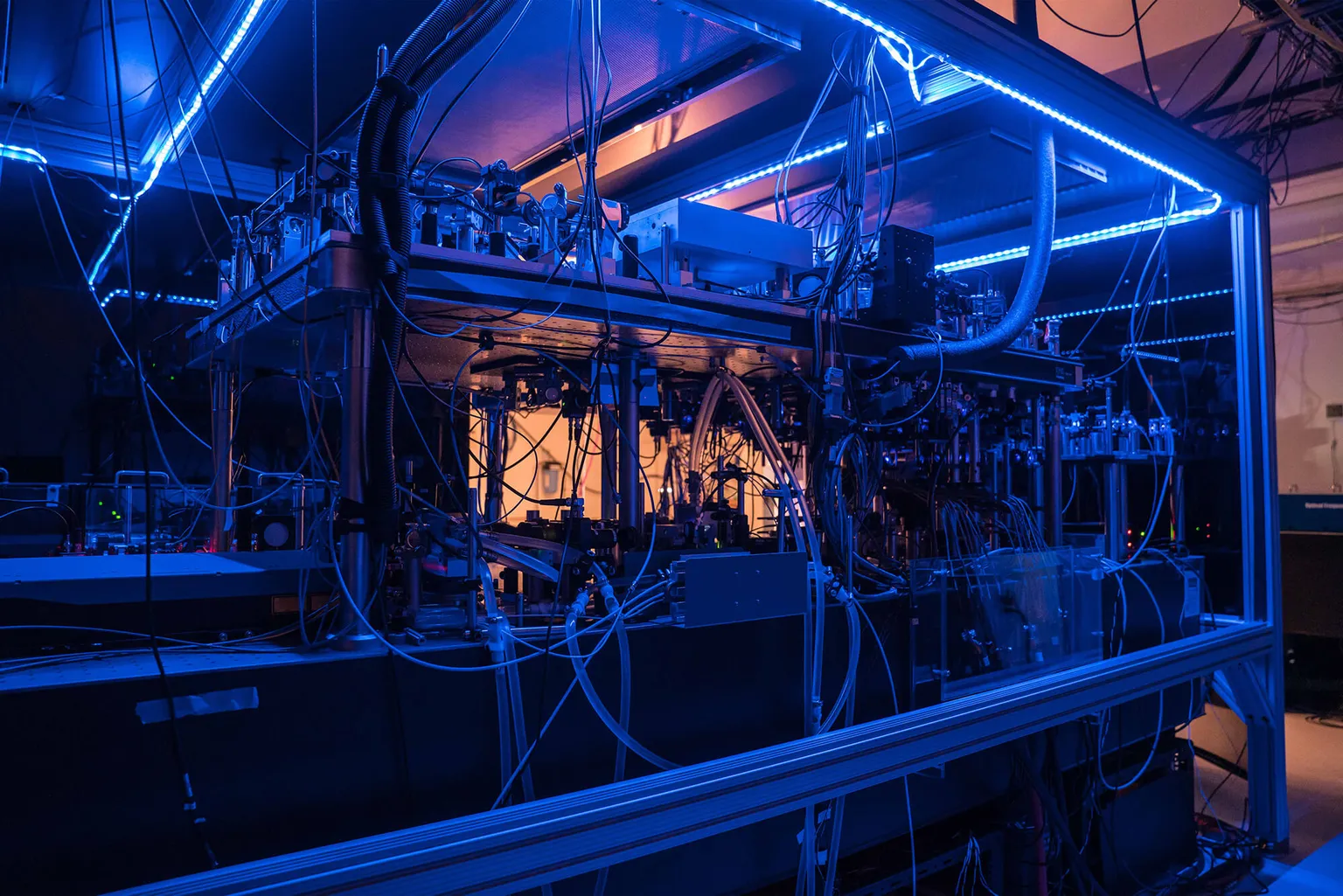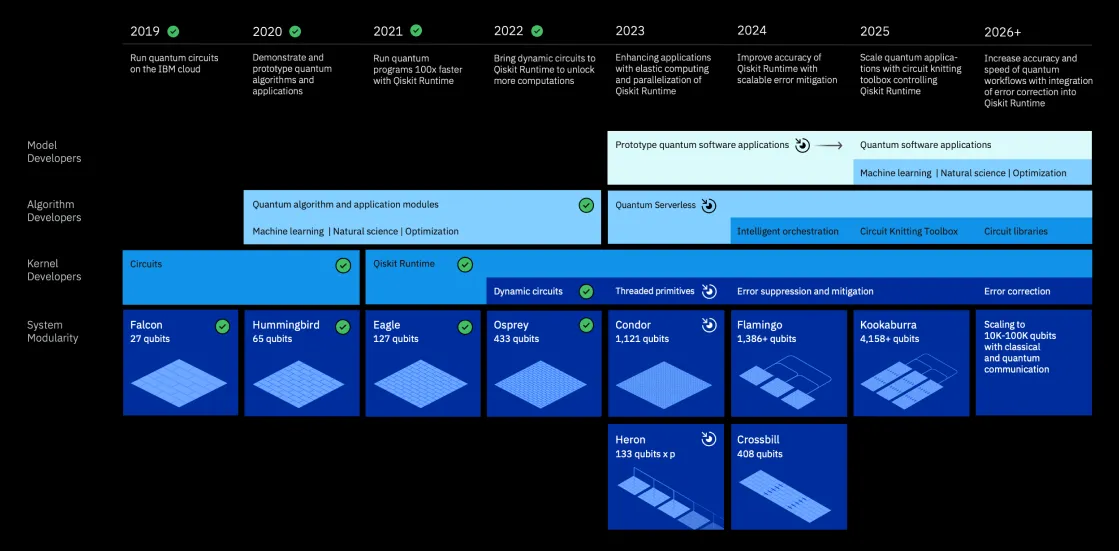Quantum computing is the next frontier in technology—harnessing the laws of quantum mechanics to solve problems too complex for classical computers—and a startup named Atom Computing has made a bold claim: that they are testing of a 1,180 qubit quantum computer that could be available next year, outpacing giants like IBM and Google. This is a significant leap from their previous system, which operated with only 100 qubits.
That’s a lot of qubits, which are the basic units of quantum information. To put things in perspective, IBM’s most powerful quantum computer is the Osprey, which has 433 qubits, and is working on its upcoming Condor model that will crank the number up to 1121 qubits. Google’s Sycamore has 70 qubits.
Atom Computing may be onto something big in the quantum realm. They’ve opted to use neutral atoms as their go-to qubits, a move that promises both stability and the ability to scale up. Using lasers, they’ve designed a grid where these atoms can be precisely placed and manipulated. They also store the quantum data in the atom’s nuclear spin, which is less affected by environmental distractions. This allows for a longer, uninterrupted performance. It’s as if they’ve packed a small room with top-tier talent, resulting in a dense array of high-performance qubits.
And they’re not stopping there. They’ve expanded their grid from a 10×10 setup to an impressive 35×35, offering even more potential for quantum advancements.
However, as with all things groundbreaking, there are asterisks and disclaimers.
While Atom Computing’s system boasts an impressive number of qubits, the error rate for individual qubit operations is very high. Imagine having a fleet of supercars, but only a few can be driven at top speed without breaking down. That’s the challenge Atom Computing faces. Their quantum computer—despite its vast number of qubits—needs significant error checking, making it impractical for complex calculations right now.
Atom Computing expects to have solved this issue in the near future, saying it is “on path to fault-tolerant quantum computing this decade” in an official press release.


Atom says it has a workaround to tackle this issue.
“We’re actually just going to use all these qubits, because they’re all identical to actually parallelize the computation,” Ben Bloom, Atom’s founder and CTO, told Ars Technica. “So if someone hands us a 50-qubit algorithm, we will do that 50-qubit algorithm on all of our qubits, and we will then give you the results faster.”
Bloom further elaborated on the challenges faced by neutral atom-based quantum computing.
“The thing that has held back neutral atoms… have just been all the classical stuff we use to control the neutral atoms,” he said. “And what that has essentially shown is that if you can work on the classical stuff—work with engineering firms, work with laser manufacturers (which is something we’re doing)—you can actually push down all that noise.
“Now all of a sudden, you’re left with this incredibly, incredibly pure quantum system,” he told the site.
In the realm of quantum computing, both neutral atoms and ions are being explored as potential qubits. Neutral atoms can be trapped and manipulated using lasers, while ions—charged atoms—are trapped using electromagnetic fields. While ion-based quantum computers have made significant progress, they face challenges in scaling up. Neutral atoms, as Atom Computing is exploring, offer a promising alternative with the potential for rapid scaling.
If Atom Computing’s efforts are successful, we may have a future with scalable —and reliable—quantum computers when researchers shift their focus to giving neutral atoms a little love.
Meanwhile, IBM—a major player in the quantum arena—has its sights set on a 100,000-qubit quantum computer. Their most powerful quantum computer to date, the IBM Osprey, boasts 433 qubits, but their upcoming “Kookaburra,” 1,386-qubit multichip processor, is set for a 2025 release. Atom Computing is also working toward a similar milestone.


So, while Atom Computing’s announcement undoubtedly represents a leap forward, it’s essential to temper expectations. The quantum realm is still rife with challenges, and while the qubit count is rising, it’s the efficiency and reliability that will determine the true leaders in this race.
Stay on top of crypto news, get daily updates in your inbox.
- SEO Powered Content & PR Distribution. Get Amplified Today.
- PlatoData.Network Vertical Generative Ai. Empower Yourself. Access Here.
- PlatoAiStream. Web3 Intelligence. Knowledge Amplified. Access Here.
- PlatoESG. Carbon, CleanTech, Energy, Environment, Solar, Waste Management. Access Here.
- PlatoHealth. Biotech and Clinical Trials Intelligence. Access Here.
- Source: https://decrypt.co/203735/quantum-computing-1180-qubits-atom-ibm-google



